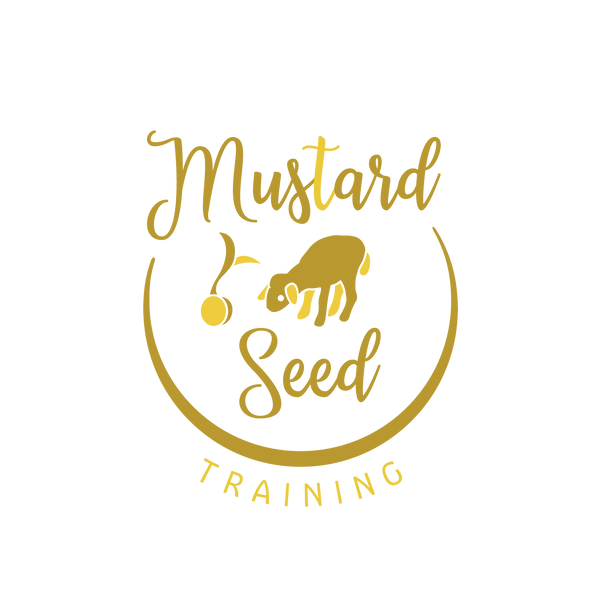
3 Ways to Make A Raised Surface Map of Israel
You learn so much about people by experiencing important places in their lives. When falling in love with Jesus, we can better understand His life by learning more about his family's origin in Nazareth, their journey to Bethlehem, and His death and resurrection in Jerusalem.
How far apart were these places?
What was the terrain like?
How would they have traveled?
Can it be: God put on human flesh and walked on the Earth?!
Children as young as three years old can absorb the journeys of Jesus, Mary and Joseph by tracing their fingers along the mountains and valleys of Galilee, Samaria, and Judea. Elementary-age children become fascinated by pinning flags to name the cities Jesus visited, and learning what happened in each.
Short of booking a trip to the Holy Land, how can you bring this experience to the children you serve?
Making raised maps for your atrium, home, or classroom invites children to explore the Incarnation of Jesus.
We have two raised surface maps of Israel in our atrium. Here's how we got them!
#1: Wood, Clay, and Paint!

This lovely DIY map is heavy! It has a permanent home on top of a low bookshelf, so the kids can access it easily without having to lift it.
CGS USA provides complete directions in their Level 1 Materials Manual to make your own Raised Surface Map of Israel. You can access these instructions by 1) participating in a level 1 formation program, and 2) becoming an annual member. The materials manual provides several options for materials.
This map in our atrium was lovingly made at home by Mia Roncone and Max Ruane using materials they found or sourced locally. Here are some suggestions for where you can find similar materials to what they used:
- Base of sturdy plywood.
- Raised area of clay.
- 3 markers using laminated, hand-drawn images stuck in dried clay.
- Blue, brown, and green non-toxic acrylic paint.
#2: Raised Relief Map for 3 Cities

I asked our families for help finding materials for Biblical Geography. The generous Otero family found this gem online!
When it arrived, the 15.5."x9" 3D map looked a bit smaller than we expected. It started off as a wall-hanging, just like the website states.
But of course the kids longed to touch it! When brought to the table for presentations, our 3-6 year olds really enjoy tracing their fingers along the route from Nazareth to Bethlehem. They got some practice taking turns because everyone wanted to touch at once! Even though there is less to "do" with this smaller raised relief map, it does provide some greater detail and still delivers a satisfying sensory experience.
Over the summer I had a brainstorm for how to move this from the wall to a usable table material:
- Glue foam board to the bottom.
- Create labels using 3 cities stamps on cardstock.
- Use quilting pins to affix labels to the map.
WARNING: There is no Nazareth marked on the 3D map!

I used a combination of Google Maps, a Bible atlas, and other sources to stick a label for Nazareth near Mount Tabor, overlooking the Plain of Jezreel.
It really drives home the point that Nazareth was such a small little town, it literally wasn't even on the map in Biblical times! Jesus might have grown up with an amazing sunset view of the Plain of Jazreel. The Nazareth Ridge would be a dizzying height to be thrown from.
#3: Painting the Raised Relief Map

As we are considering building a level 2 program for 6-9 year olds, I am planning ahead for how to use and expand our Biblical Geography materials.
WARNING: Untested brainstorms ahead!
The first two options above are materials we currently use in our level 1 atrium with 3-6 year old children. #1 & #2 are kid-tested and catechist approved! #3 are just some additional ideas for how to further adapt these maps:
- Add a breakfast tray with handles under the DIY map so kids can carry it off the shelf to a table.
- Purchase a 6 inch magnet, and paint it to match the 4 regions puzzle: Samaria, Judea, Perea, and Galilee.
- Paint AND add sand to the land for additional texture.
- Purchase a 3D map of modern-day Israel as a comparison for older children.
- Add pin labels for the 13 principal cities, and 17 topographical features specified in CGS USA Level 2 Materials Manual for 6-9 year olds.
I look forward to testing out some of these ideas to share with you. Please feel free to email me (Meagen Farrell) at learn@mustseed.org with photos and descriptions of how you made a raised surface map for Biblical Geography. You can also discuss this and other projects in our Catechists' Corner Facebook Group.


